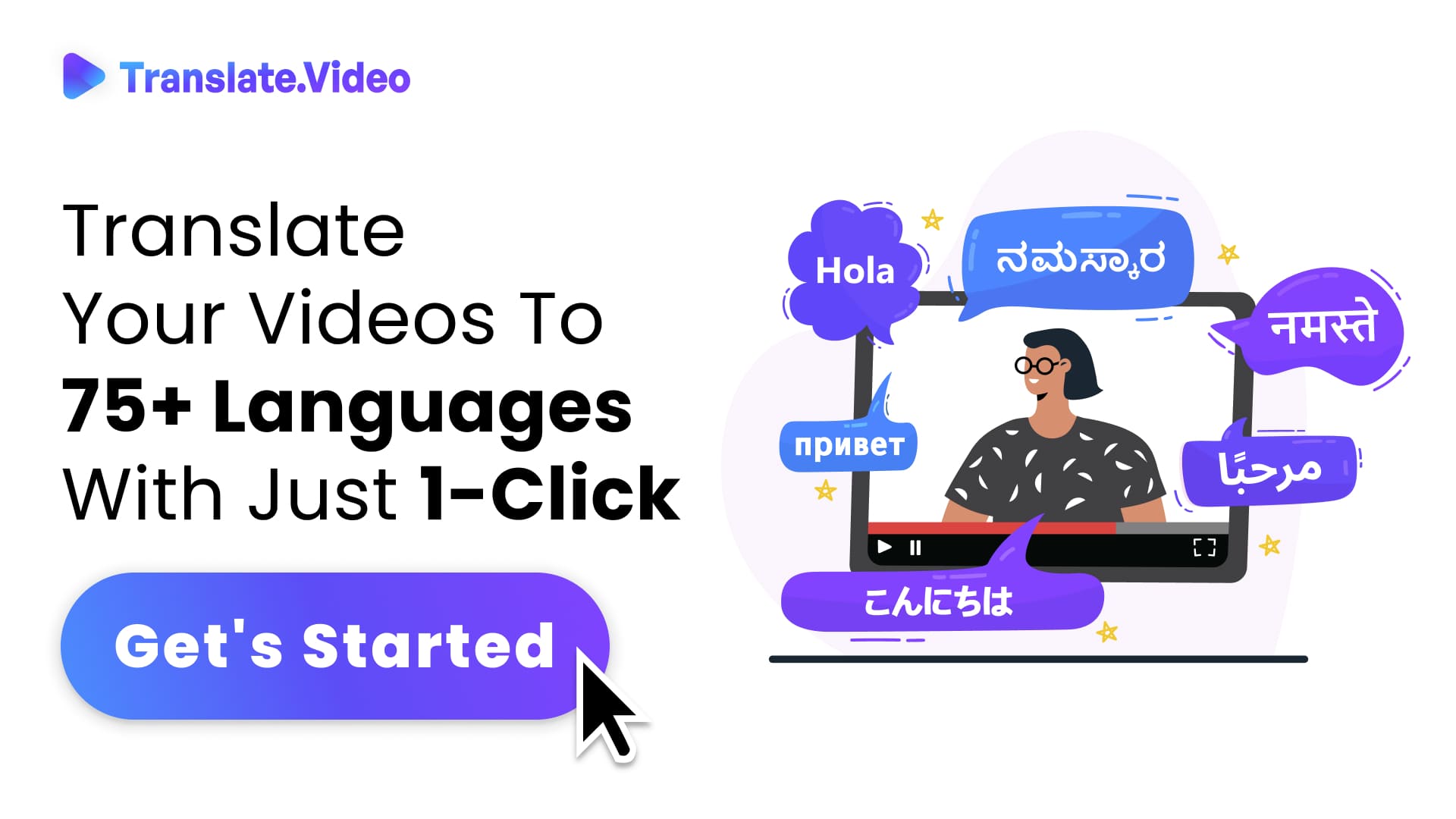The Art of Translation: Balancing Language, Culture, and Technology
Lost in Translation: A Journey of Language and Culture
Ever wondered about the magic behind how one set of sounds and symbols can be transformed into another, carrying the same meaning across thousands of miles and numerous cultures? That's the power of translation, a skill that bridges gaps and connects our world. It's a journey of language and culture, an exploration that often leaves us in awe of the diversity and beauty that languages and cultures bring to our lives.
But just like every other journey, this too has its ups and downs. It’s often said that something's always lost in translation. But what if it's not just about what's lost, but also about what's found? Let's delve into this fascinating journey of language and culture.
Lost in Translation: More than Just Words
Understanding the intricacies of a language goes beyond knowing vocabulary and grammar rules. It requires immersion in its culture, an understanding of its people, and an appreciation for its nuances. This understanding often highlights the challenges faced during translation, as every language carries with it unique cultural connotations and idioms that may not have an equivalent in another language. Let's discuss some of the elements that make translation such a complex process.
The Role of Culture in Translation
When translating, you're not just dealing with words but also cultural contexts. Languages are deeply rooted in the cultures they originate from and are often the carriers of a society's values, beliefs, and history.
The Limitations of Machine Translation
Although technology has improved significantly, it still falls short in understanding cultural nuances, idioms, and colloquialisms that often shape the meaning of a sentence. This leads to translations that might be technically correct but contextually inaccurate.
Human Translation: The Art and the Craft
Human translators possess the ability to understand and interpret cultural nuances, idioms, and colloquialisms, providing translations that are both technically accurate and contextually relevant.
Striking the Right Balance: Machine vs. Human Translation
While machine translation offers efficiency and speed, human translation provides accuracy and nuance. The key is to find a balance that works best for your specific needs.
Conclusion
As we've journeyed through language and culture, we've seen that translation is not a simple process of replacing one word with another. It's an art, a craft, and sometimes, a tightrope walk between literal accuracy and cultural authenticity. So, while it's true that something may get "lost in translation," it's equally true that a whole new world of understanding can be found.
Frequently Asked Questions (FAQs)
1. Why is cultural understanding important in translation?
Cultural understanding is crucial in translation because language and culture are deeply intertwined. A translator with a good grasp of the culture associated with a language can better capture the intended meanings, nuances, and connotations, thereby producing a more accurate and effective translation.
2. What are the limitations of machine translation?
Machine translations, while efficient, often lack the ability to understand and interpret cultural nuances, idioms, and colloquialisms. This can lead to translations that are technically correct, but contextually inaccurate or misleading.
3. How can a balance be achieved between machine and human translation?
Finding the right balance between machine and human translation depends on the specific needs of the translation project. For general, non-specialized content, machine translation might be sufficient. However, for content that requires a deeper understanding of cultural nuances and idioms, human translation is essential.
4. What can be 'found' in translation?
While the phrase "lost in translation" is commonly used, translation isn't just about what's lost. It's also about what's found - new understandings, connections, and insights into different cultures and ways of thinking. Every translation opens up a new world of understanding, helping to bridge gaps between different languages and cultures.
5. What does it mean for a translation to be 'contextually accurate'?
A contextually accurate translation not only conveys the literal meaning of the original text, but also captures its implied meanings, emotional tones, and cultural nuances. It takes into account the context in which the text is set, ensuring that the translation is appropriate and meaningful within that same context.
Trending Tags
Trending Blogs
What are you waiting for?
Your Dubbing, Subtitles, Captions in one place
Signup free!
